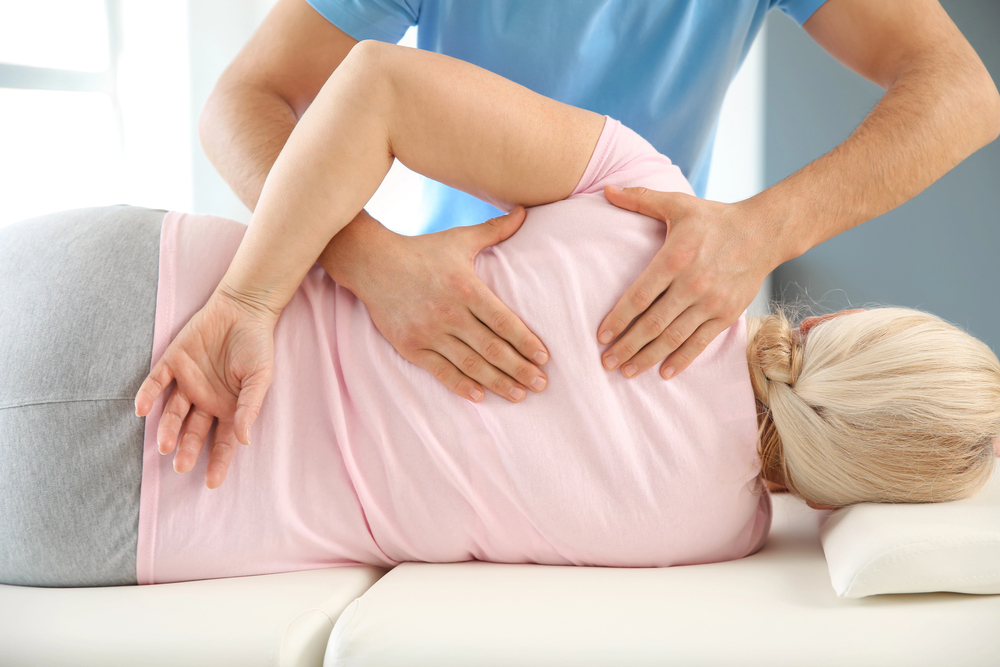
For many survivors, massage therapy for stroke recovery becomes a restorative part of their healing process. This targeted approach helps deal with muscle tightness, circulation issues, and emotional tension following a stroke.
Muscle Activation and Improved Circulation
Strokes can lead to muscle inactivity on one side of the body. Over time, this may cause stiffness, weakness, and loss of coordination.
Massage therapy focuses on stimulating soft tissue, which may support better circulation and increase sensory awareness. Gentle touch and manipulation can encourage blood flow and allow oxygen and nutrients to reach affected areas more efficiently.
The Relationship Between Stress and Recovery
Healing after a stroke is never just physical. Anxiety, fear, and frustration are common and can make recovery feel more difficult. Therapeutic bodywork can help relieve stress by activating the parasympathetic nervous system.
This shift allows the body to relax, the breath to slow, and the mind to settle, even if only for a short period. Over time, this calming effect may contribute to improved sleep and better emotional resilience.
Reconnecting with the Body Through Safe Touch
Some stroke survivors report feeling disconnected from their affected limbs. Massage therapy offers a safe, supportive touch that helps rebuild that connection.
It can create a sensory feedback loop that reminds the brain of the body’s presence. Even if movement is limited, receiving a massage helps patients experience their body in a nonjudgmental, peaceful way.
Targeted Relief for Joint Pain
Limited movement and muscle weakness often lead to discomfort in joints. Joint pain in the shoulders, knees, and hips may stem from inactivity or compensatory movement. A trained massage therapist knows how to work around inflamed or stiff joints without adding pressure or risk.
Promoting better alignment and tissue flexibility, massage can support more comfortable movement during everyday tasks.
Massage as a Long-Term Recovery Tool
Healing from a stroke doesn’t end after physical therapy. Many patients experience lingering tension or tightness years later. Massage therapy serves as a long-term support system for those who wish to maintain mobility and comfort.
Scheduled sessions may help keep muscles supple, encourage better posture, and reduce spasms that develop from overcompensating with one side of the body.
Patience, Skill, and Personalization Matter
Each patient presents different needs and goals. A therapist must remain attuned to the person’s comfort level, medical history, and stage of recovery.
Stroke survivors benefit from practitioners who move slowly, observe carefully, and adjust techniques based on the body’s response. Massage therapy should always respect physical limitations while gently encouraging progress.
Combining Acupressure, Acupuncture, and Massage for Stroke Recovery
Stroke recovery plans often benefit from a combination of acupressure, acupuncture, and massage. Acupressure stimulates key points linked to nerve pathways and organ systems. This promotes circulation, improves limb awareness, and eases fatigue—especially in those sensitive to deeper pressure.
While this blog emphasizes massage, acupuncture also plays a role in recovery by targeting points that may enhance nerve function and reduce inflammation. When integrated with massage, these therapies can address both physical and energetic imbalances.
Many patients report improved well-being and symptom relief when acupressure or acupuncture is included alongside massage therapy in their recovery process.
How We Support Stroke Recovery at Messina Acupuncture
Messina Acupuncture recognizes the complexity of stroke recovery. Our massage therapy services are guided by your individual experience—never rushed, never generalized. We take time to get to know your symptoms, challenges, and goals so that each session reflects your unique journey.
Through focused work on muscle tension, sensory issues, and pain management, we help you move through recovery with more ease and confidence.
Daniel Messina’s personal story drives our commitment to compassionate care. After enduring his own painful surgeries and discovering the power of Chinese medicine, he made it his mission to support others facing physical hardship.
Every person who walks through our doors deserves care that’s thoughtful, skilled, and grounded in life experience. Whether you’re early in your recovery or years past your stroke, we’re here to work alongside you. One session at a time.
If you’d like to explore how massage therapy for stroke recovery can help, please don’t hesitate to reach out to us. We’re here to answer your questions and guide you toward care that supports your healing.